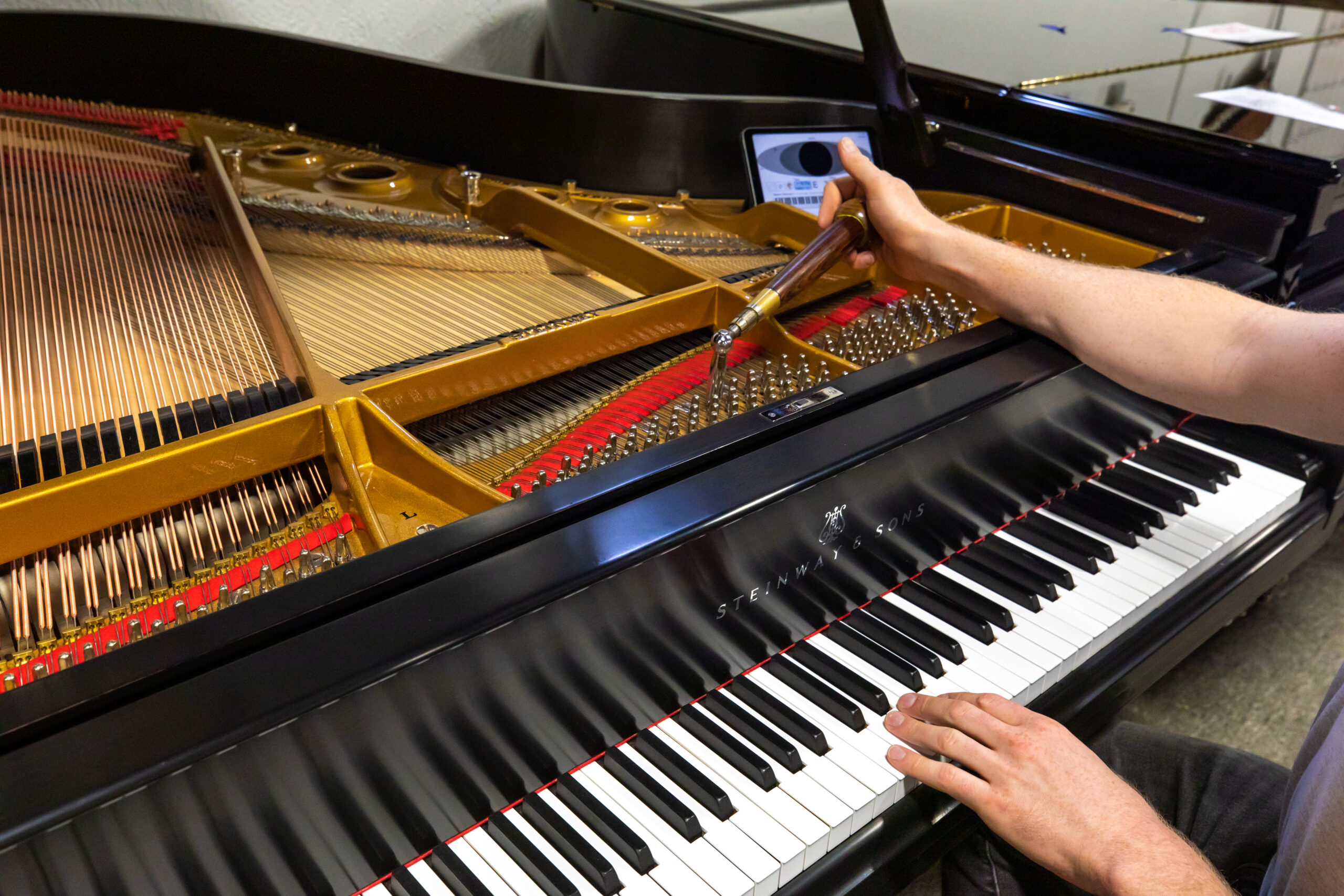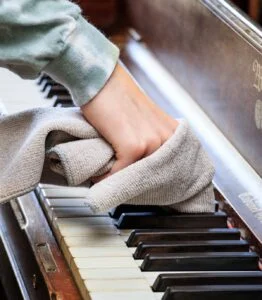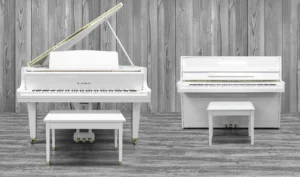Piano tuning is essential. A well-tuned piano is a joy to play and listen to. It produces clear, vibrant, and accurate sound, and it allows musicians to express themselves creatively. But why is piano tuning so important?
The A440 Tuning Standard
The A440 tuning standard is a universal standard for piano tuning musical instruments. It sets the pitch of the A above middle C to 440 hertz (Hz). This standard was adopted by the International Organization for Standardization (ISO) in 1955.
The A440 tuning standard is important because it allows musicians of all types to play together in harmony, regardless of the type of instrument they play. It is also important for recording and playback, as it ensures that all of the instruments are in tune with each other.
In short, the A440 tuning standard is a vital tool for musicians of all levels. It allows them to play together in harmony, record and playback music accurately, and share music with others.
The Benefits of Keeping Your Piano in Tune
The piano, a magnificent instrument, hosts an astonishing level of tension within its strings—around 38,000 lbs to be exact. This massive force is meticulously distributed across the strings, harmonizing to produce the rich, melodious sound that pianos are revered for. Maintaining this delicate balance through precise tuning becomes imperative, not only to preserve the instrument’s melodic integrity but also to uphold its structural stability.
An insightful dive into the complexities of piano tuning reveals the imperative nature of keeping this tension steadfast and well-balanced. When a piano is consistently in tune, the tension across all its strings is evenly distributed, ensuring each note resonates true to its intended pitch and quality. Moreover, this uniform tension helps safeguard the physical form of the piano, particularly the soundboard—a vital component responsible for amplifying the vibrations of the strings and producing the instrument’s iconic sound.
However, when a piano is not tuned for an extended duration, the uneven tension can warp and strain the soundboard. Then, upon eventual tuning, the abrupt and uneven redistribution of tension might result in cracks and other forms of damage to the soundboard. Such damages not only impede the piano’s ability to produce sonorous and full-bodied sound but also jeopardize its structural longevity.
In essence, the pivotal role of consistent and accurate tuning in safeguarding both the melodious output and structural integrity of a piano cannot be overstated. Engaging in regular tuning and maintenance sessions thereby stands out as a crucial practice for any piano owner, ensuring that the instrument can provide beautiful music and stand the test of time, unblemished by avoidable wear and tear.
How to Keep Your Piano in Tune
The best way to keep your piano in tune is to have it tuned regularly by a professional piano tuner. How often your piano needs to be tuned will depend on a number of factors, such as how often you play it and the environment in which it is kept. However, it is generally recommended to have your piano tuned at least once a year, or more often if you play it frequently.
Conclusion
Keeping your piano in tune is essential for maintaining its sound quality, protecting it from damage, and prolonging its lifespan. If you want your piano to sound its best and last for years to come, be sure to have it tuned regularly by a professional piano tuner.
Call to Action
Is your piano in tune? Click here to schedule a tuning session today and experience the difference!



